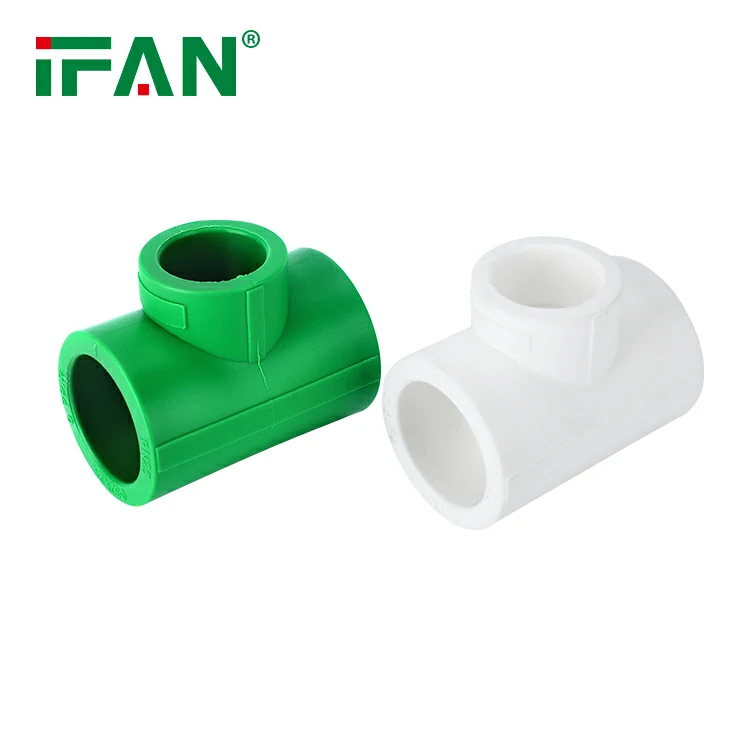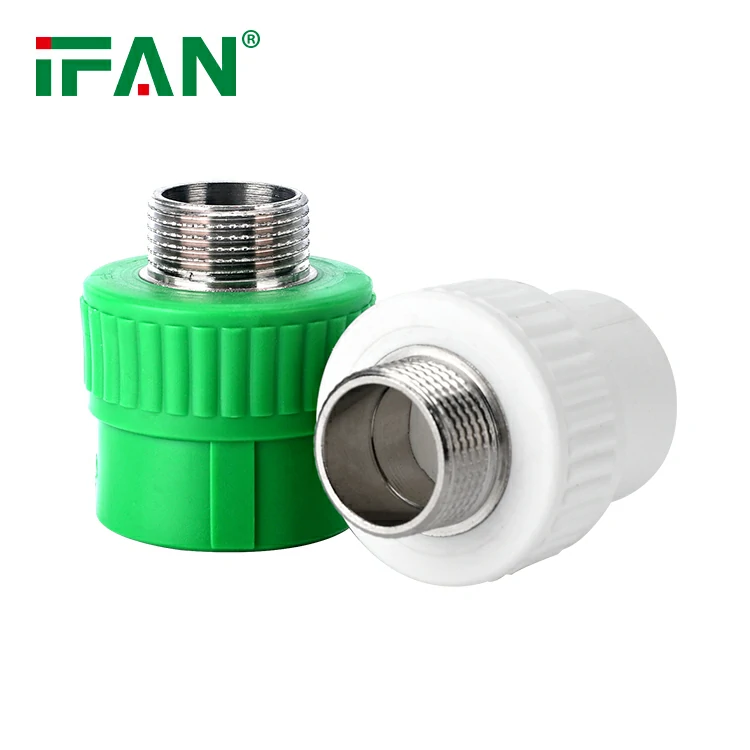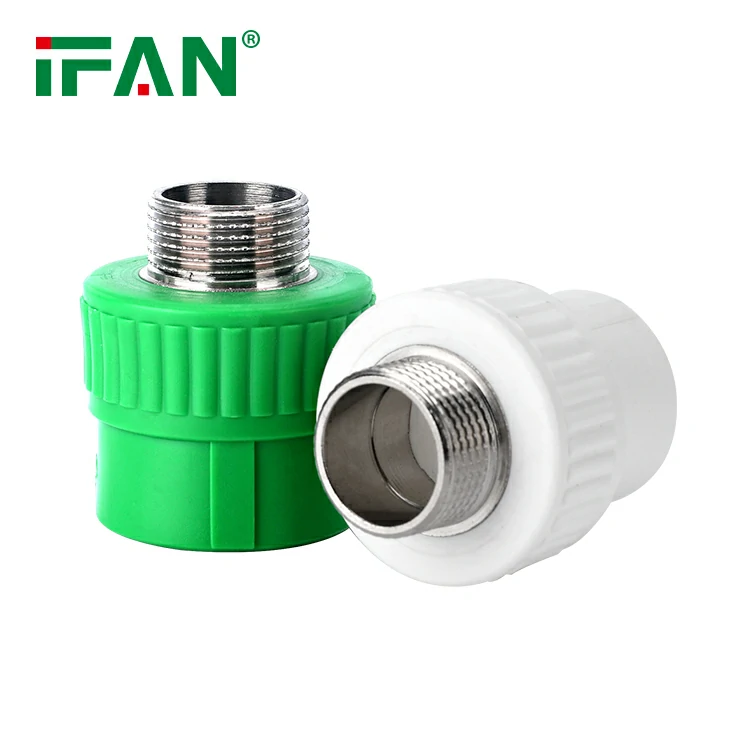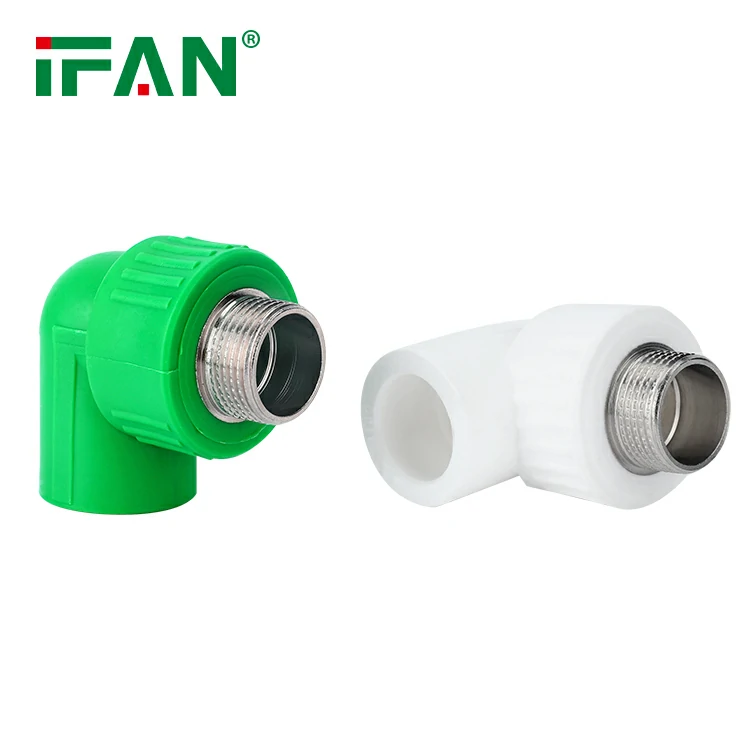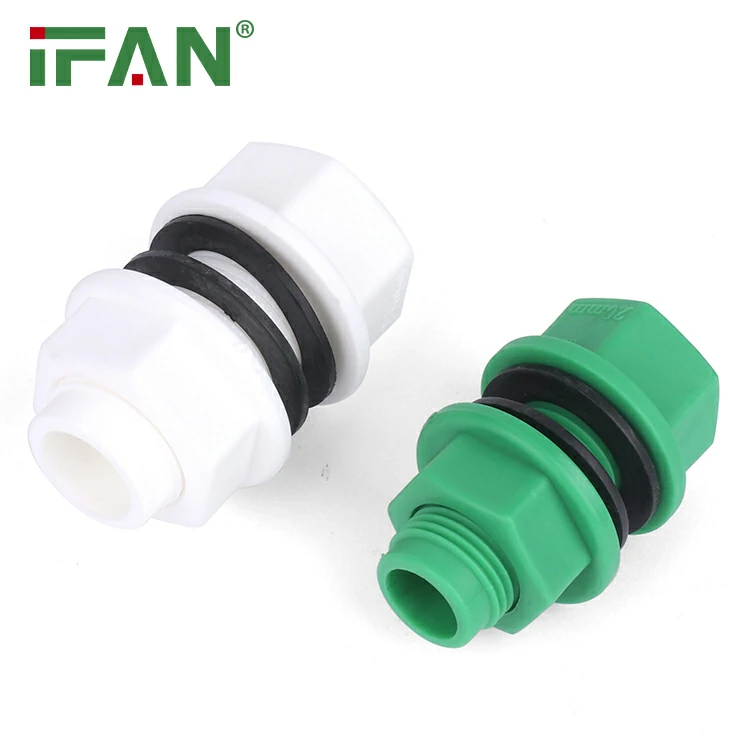When it comes to deep well water systems, ensuring that the components used in your plumbing setup are durable, efficient, and reliable is essential. Whether you’re using a deep well for residential, commercial, or industrial purposes, choosing the right water pipe fittings is crucial to ensuring a long-lasting and functional system. PPR fittings, made from Polypropylene Random Copolymer, are an excellent choice for such applications due to their strength, reliability, and resistance to common plumbing issues. In this article, we will discuss why PPR fittings are recommended for deep well water systems and explore their key advantages.
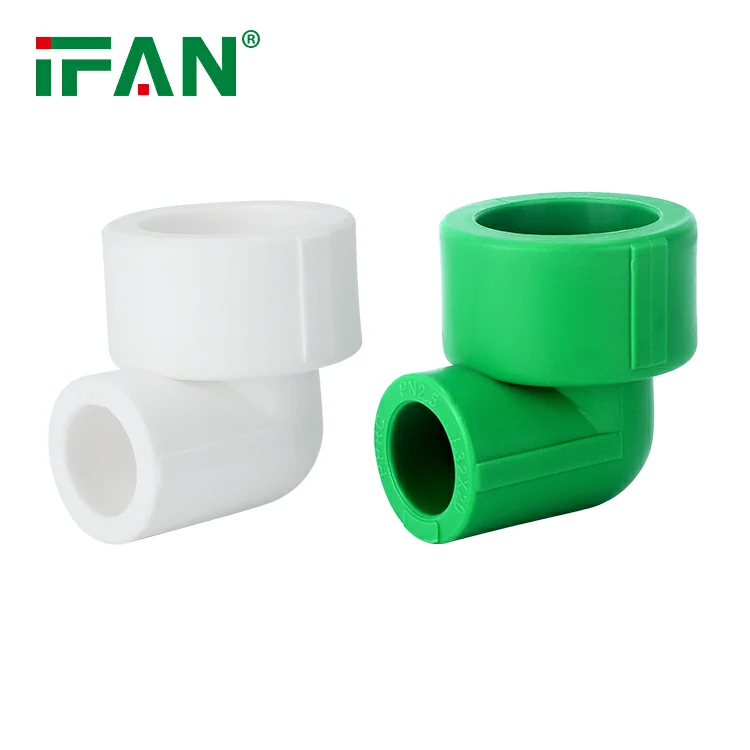
What Are Deep Well Water Systems?
A deep well water system is used to extract groundwater from deep beneath the surface, usually from wells that are at least 25 feet deep. These systems rely on pumps to bring water up from the well and into your home or business. Because of the depth and the associated pressure, deep well water systems require plumbing components that can withstand high pressures, fluctuating temperatures, and the potential for corrosion from the minerals commonly found in deep groundwater.
Choosing the right materials for piping and fittings in such systems is vital for maintaining water quality, preventing leaks, and ensuring the longevity of the system.
Why PPR Fittings Are Ideal for Deep Well Systems
PPR fittings are rapidly becoming the go-to choice for modern plumbing systems, and their suitability for deep well water systems is undeniable. Here’s why:
- Corrosion Resistance:
Traditional metal pipes can corrode when exposed to minerals in groundwater over time, especially in deep well systems. However, PPR fittings are resistant to rust, corrosion, and scaling, making them an ideal solution for water systems that deal with minerals and harsh conditions. Whether the water contains sulfur, calcium, or other elements, PPR fittings will not degrade over time, ensuring that the system remains intact for many years. - High Pressure Endurance:
Deep well water systems often experience high-pressure conditions, especially when pumping water from significant depths. PPR fittings are specifically designed to handle high-pressure situations without cracking or leaking. Their strength allows them to perform reliably under pressure, making them ideal for deep well installations where pressure resistance is crucial. - Thermal Resistance:
Water temperature in deep well systems can fluctuate significantly. For example, in some areas, the water temperature can be much colder as it is sourced from deep underground. PPR fittings are highly resistant to both hot and cold temperatures, making them suitable for environments where temperature variation can affect plumbing systems. With PPR fittings, you can rest assured that your deep well system will remain efficient and leak-free, even in extreme temperature conditions. - Low Maintenance:
One of the key benefits of PPR fittings is their long-lasting durability with minimal maintenance requirements. Since they do not corrode, scale, or degrade, you won’t need to worry about regular repairs or replacements. This feature is especially beneficial in deep well systems, where access to the plumbing may be challenging and costly to repair. The low maintenance nature of PPR fittings ensures that your system runs smoothly year after year without unnecessary disruptions. - Smooth Interior Surface:
The interior surface of PPR fittings is exceptionally smooth, which helps to reduce friction and maintain the flow of water. In deep well systems, this is particularly important because it minimizes the risk of blockages or clogs caused by mineral buildup. With PPR fittings, water flows smoothly and efficiently, ensuring that the pumping system operates at optimal performance. - Eco-Friendly and Non-Toxic:
Another important factor in choosing PPR fittings for deep well systems is that they are environmentally friendly and non-toxic. Unlike certain types of plastic or metal pipes that can leach harmful substances into the water supply, PPR fittings are safe and do not affect water quality. This ensures that the water sourced from the deep well remains clean and safe for consumption.
Key Benefits of PPR Fittings for Deep Well Systems
Beyond the core features mentioned above, PPR fittings offer a range of additional benefits that make them an excellent choice for deep well water systems:
- Cost-Effective:
While the initial cost of PPR fittings may be slightly higher than traditional plumbing materials, their durability and minimal maintenance needs result in long-term cost savings. You won’t need to worry about frequent replacements or repairs, making PPR fittings a smart investment. - Easy Installation:
PPR fittings are designed for quick and easy installation, which helps reduce labor costs and installation time. Their heat fusion method of joining the fittings to the pipes ensures a tight, secure connection, reducing the risk of leaks and ensuring a strong, durable system. - Long Lifespan:
PPR fittings are known for their extended lifespan, often lasting over 50 years in standard conditions. In deep well systems, this means that once your system is installed, you can expect decades of hassle-free operation. - Versatility:
PPR fittings can be used in a wide range of applications, not just deep well systems. Their versatility makes them suitable for hot and cold water distribution, irrigation systems, and industrial piping systems. Whether you’re building a new deep well system or upgrading an existing one, PPR fittings are a flexible and reliable option.
Conclusion: Why PPR Fittings Are a Smart Choice for Deep Well Water Systems
When it comes to deep well water systems, the choice of materials is critical to ensuring the system’s reliability and longevity. PPR fittings stand out as an ideal option due to their corrosion resistance, high pressure endurance, thermal resistance, and low maintenance requirements. With their smooth interior surface and eco-friendly properties, PPR fittings help maintain water quality while providing a long-lasting, durable solution for deep well applications.
Investing in PPR fittings for your deep well system ensures peace of mind, knowing that your plumbing will be efficient, durable, and maintenance-free for years to come. Whether you’re installing a new system or upgrading an old one, PPR fittings offer the reliability and performance you need.
Frequently Asked Questions (FAQ)
- What are PPR fittings?
PPR fittings are plumbing components made from Polypropylene Random Copolymer, a durable and corrosion-resistant material that is widely used in modern plumbing systems. - Can PPR fittings handle high-pressure systems?
Yes, PPR fittings are specifically designed to withstand high-pressure environments, making them ideal for deep well water systems that experience fluctuating pressures. - How long do PPR fittings last?
PPR fittings have an impressive lifespan of up to 50 years, making them a reliable and long-term solution for plumbing systems, including deep well water systems. - Are PPR fittings resistant to temperature fluctuations?
Yes, PPR fittings are resistant to both high and low temperatures, making them suitable for systems exposed to temperature changes, such as deep well water systems. - Are PPR fittings eco-friendly?
Yes, PPR fittings are made from non-toxic, recyclable materials that do not leach harmful substances into the water, making them an environmentally friendly choice for plumbing systems.

